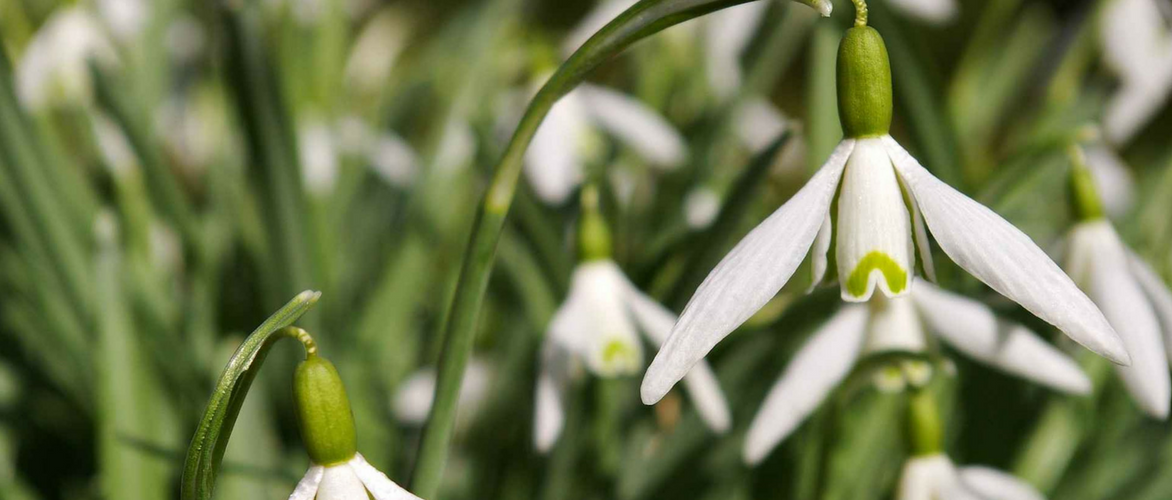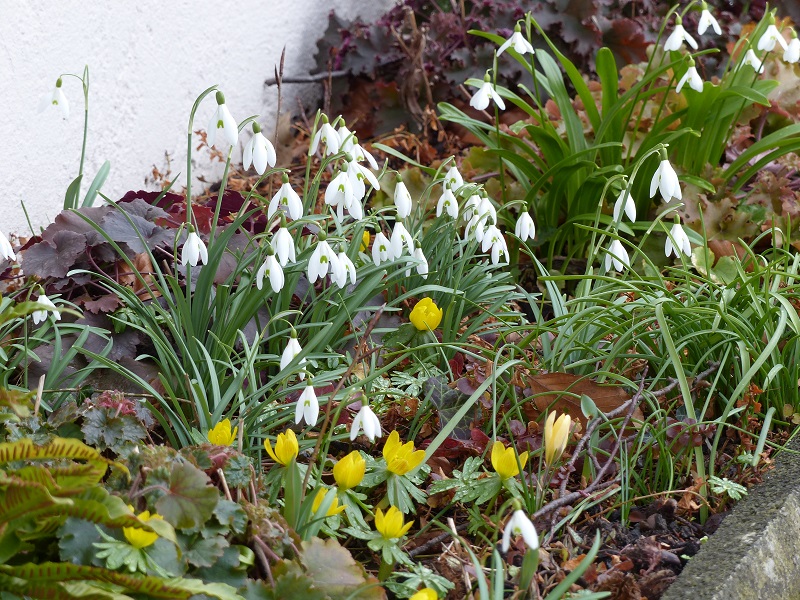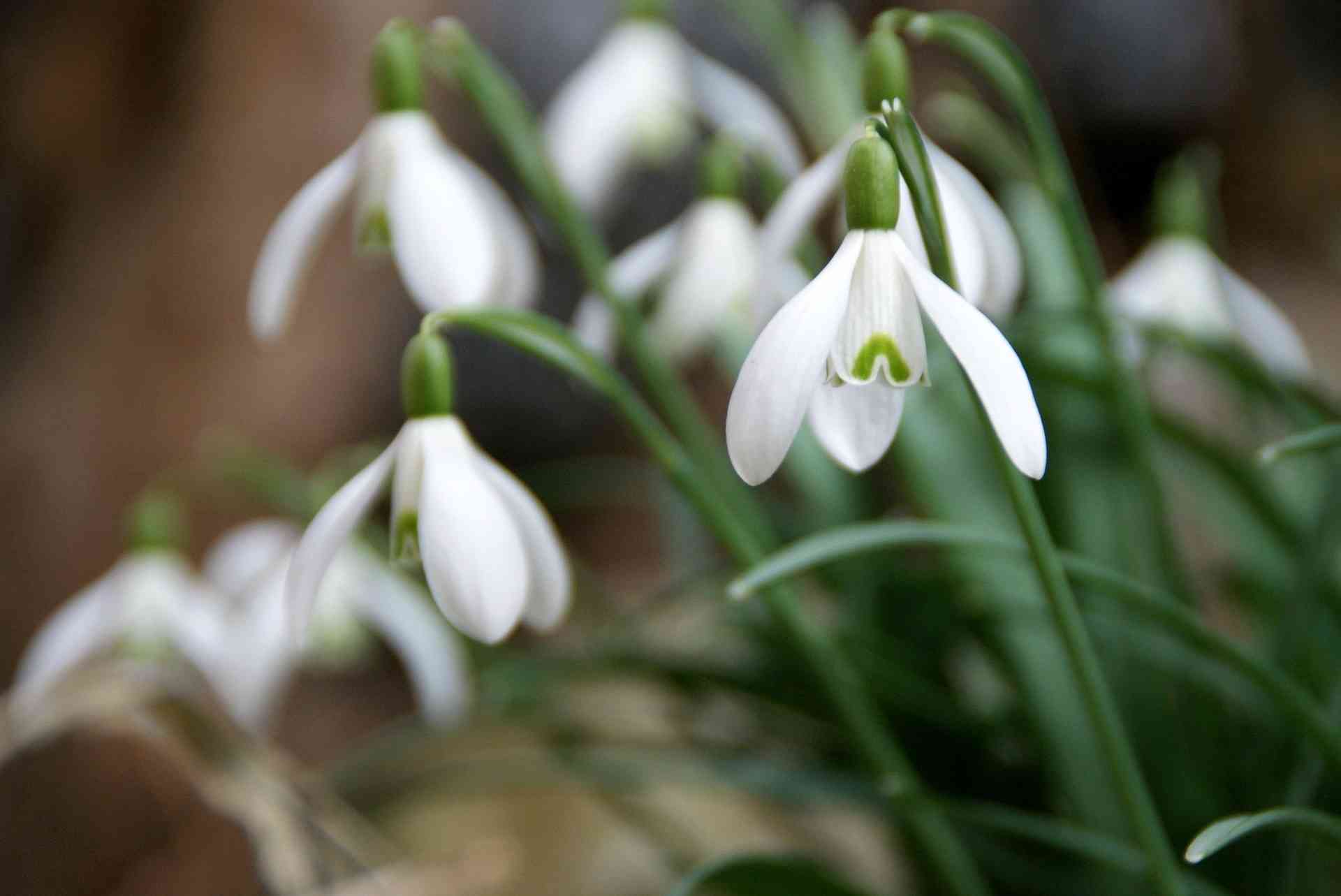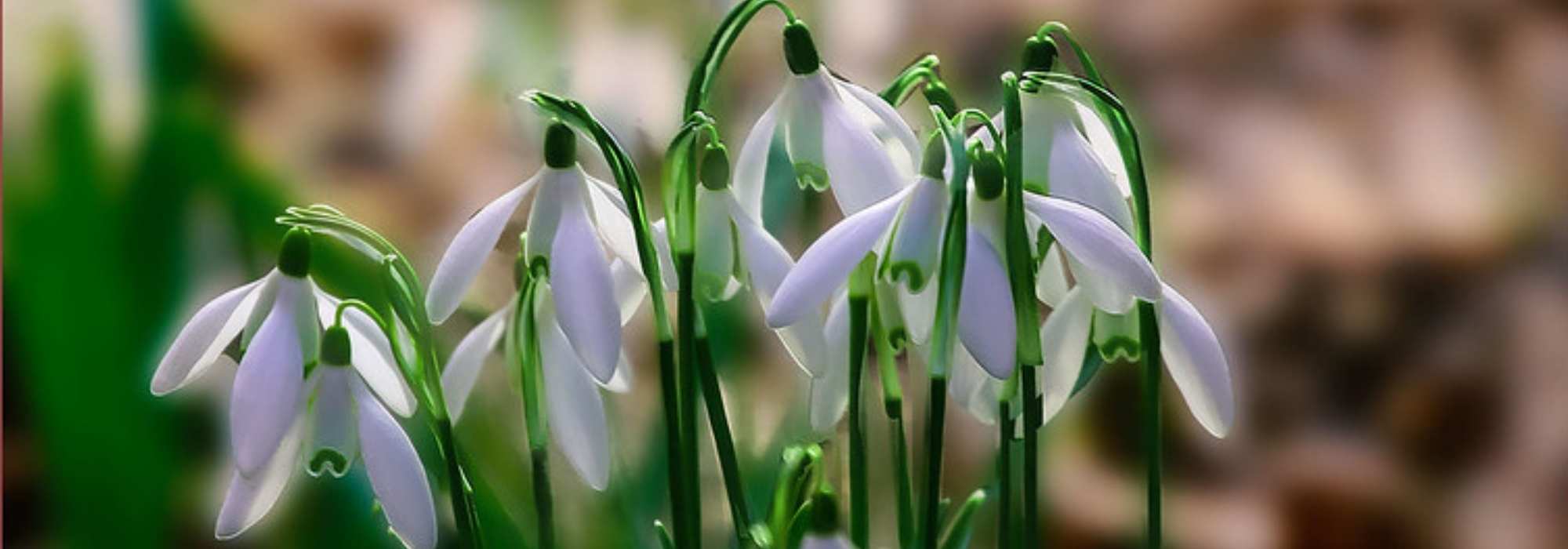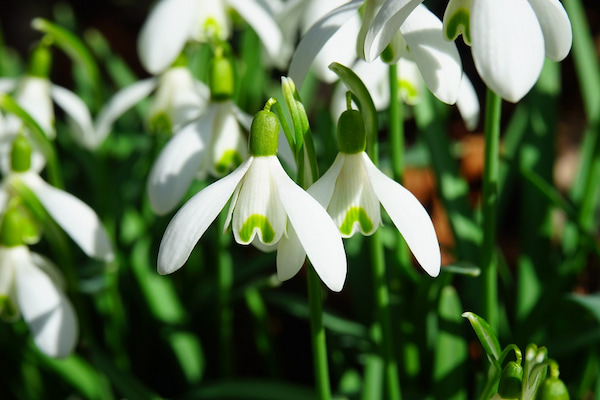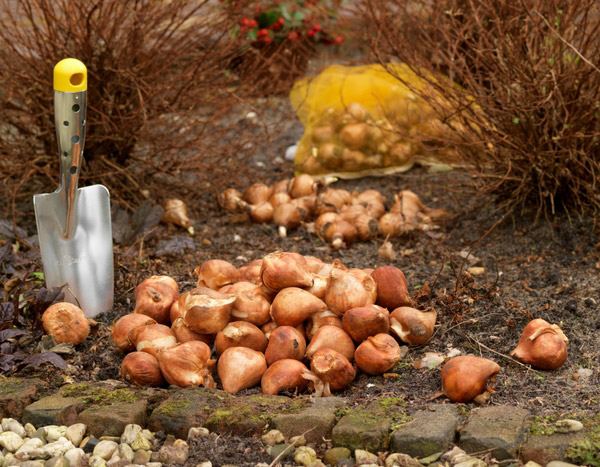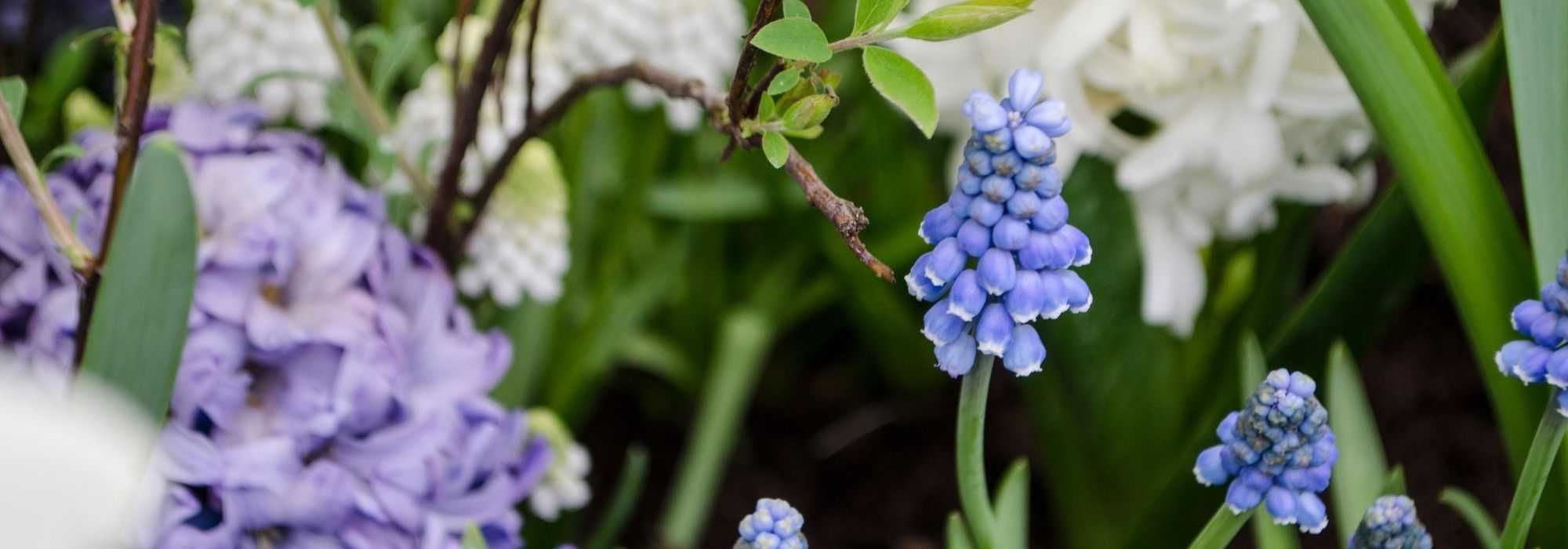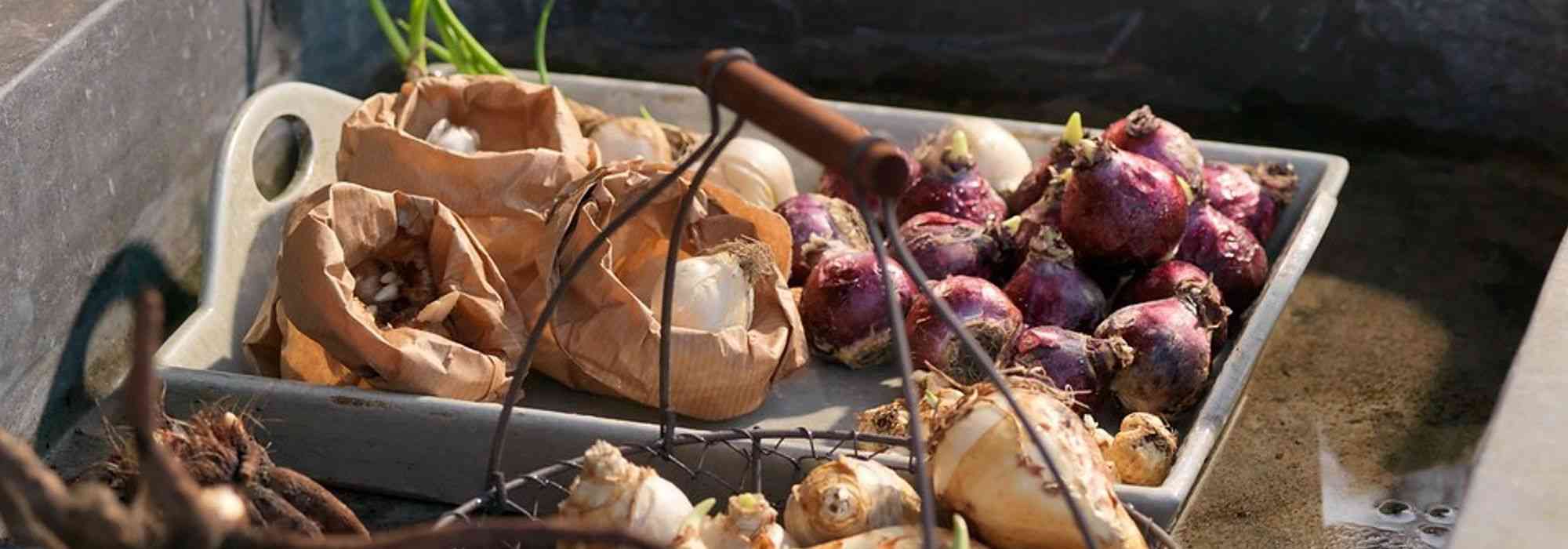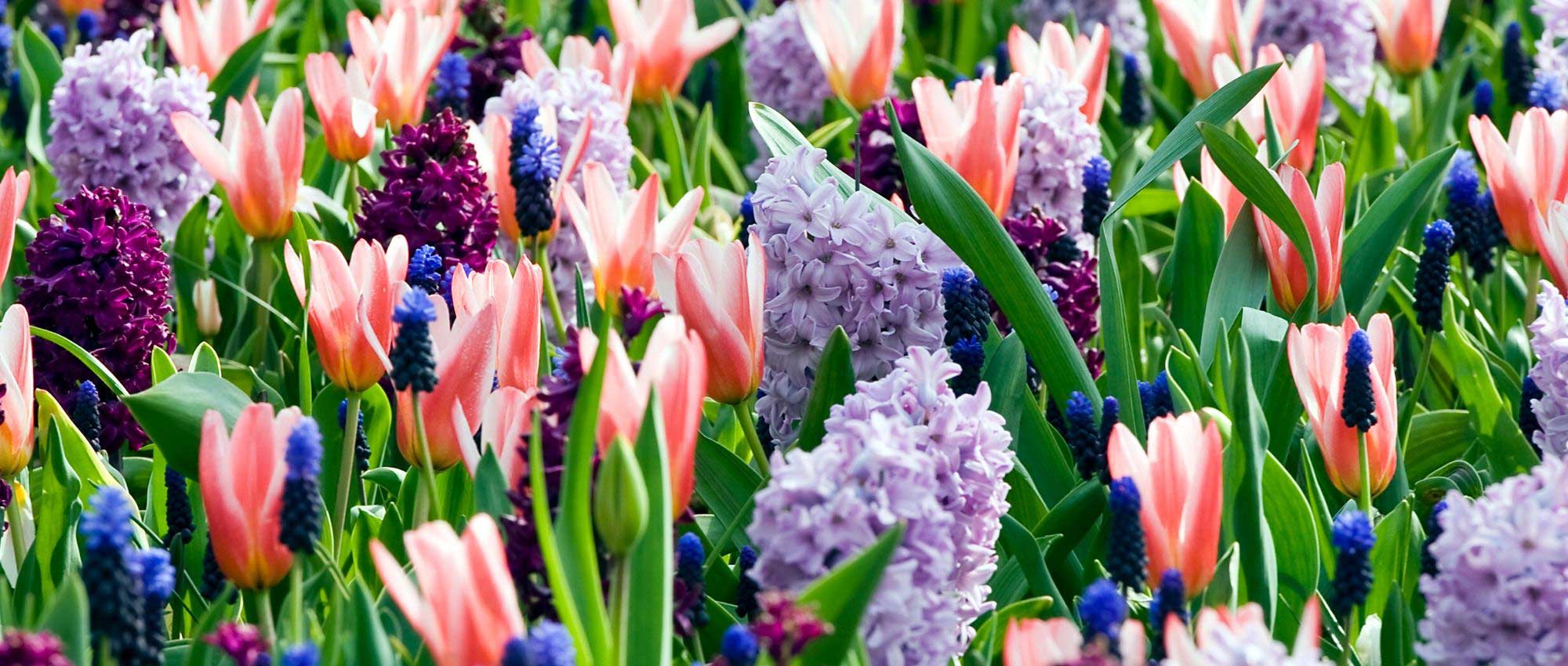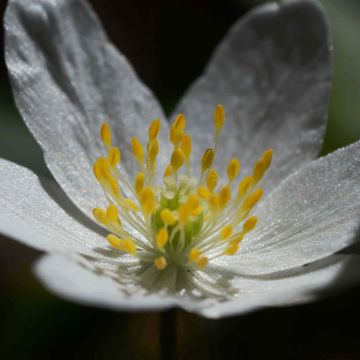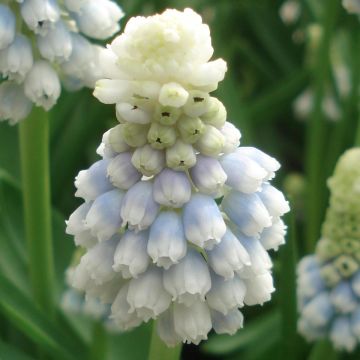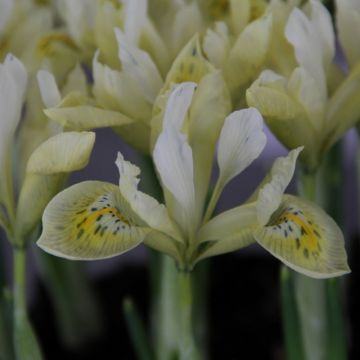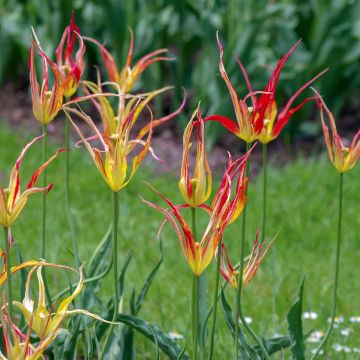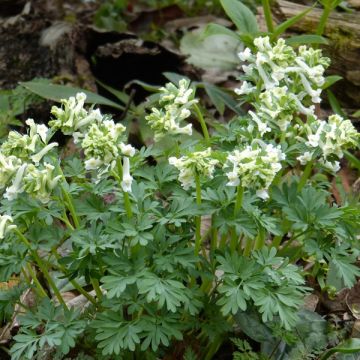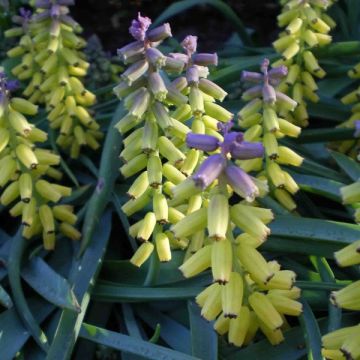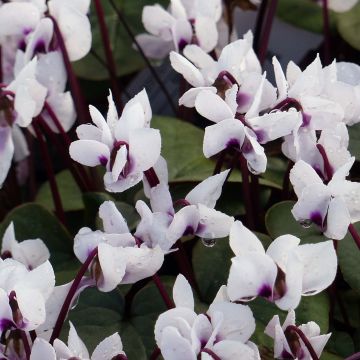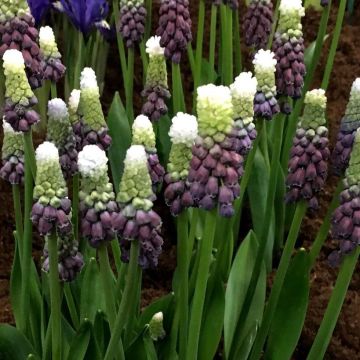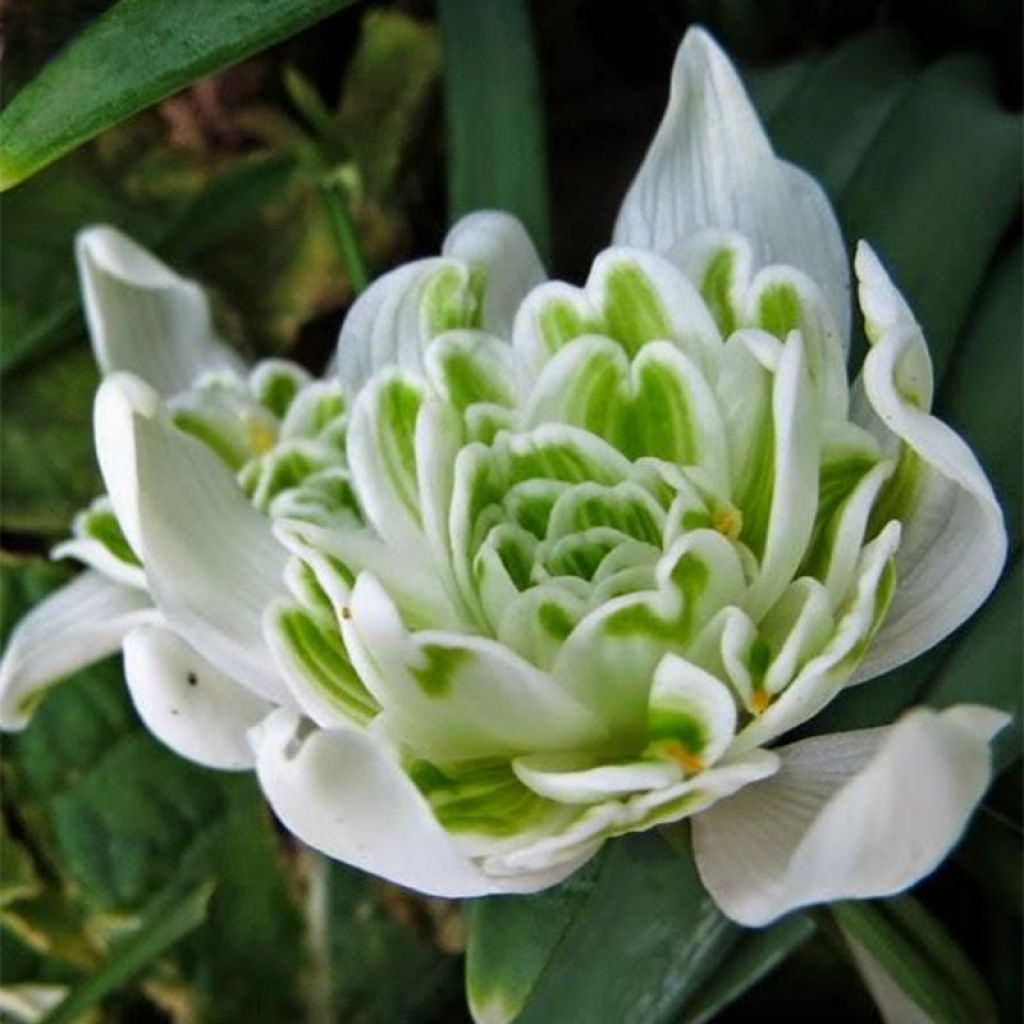

Perce-Neige Double -Galanthus Nivalis flore pleno
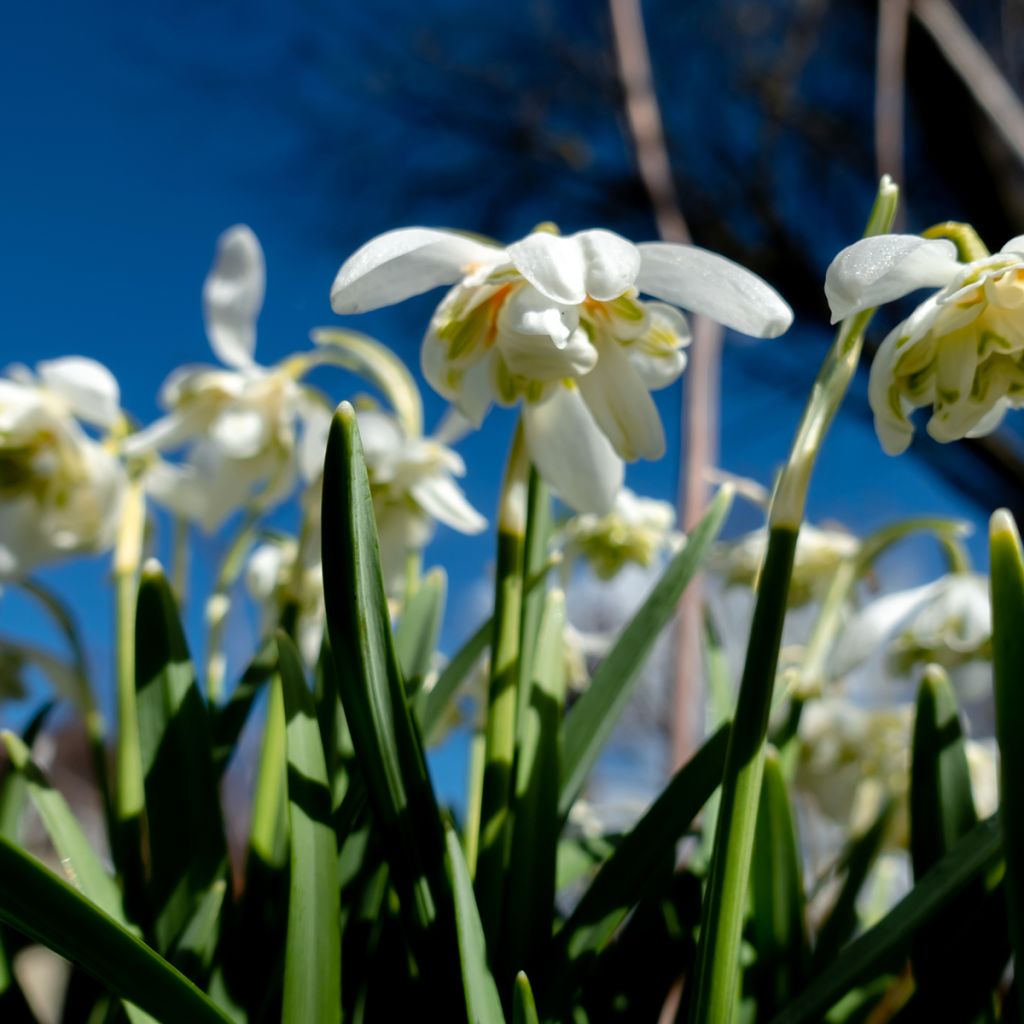

Perce-neige double - Galanthus nivalis Flore Pleno
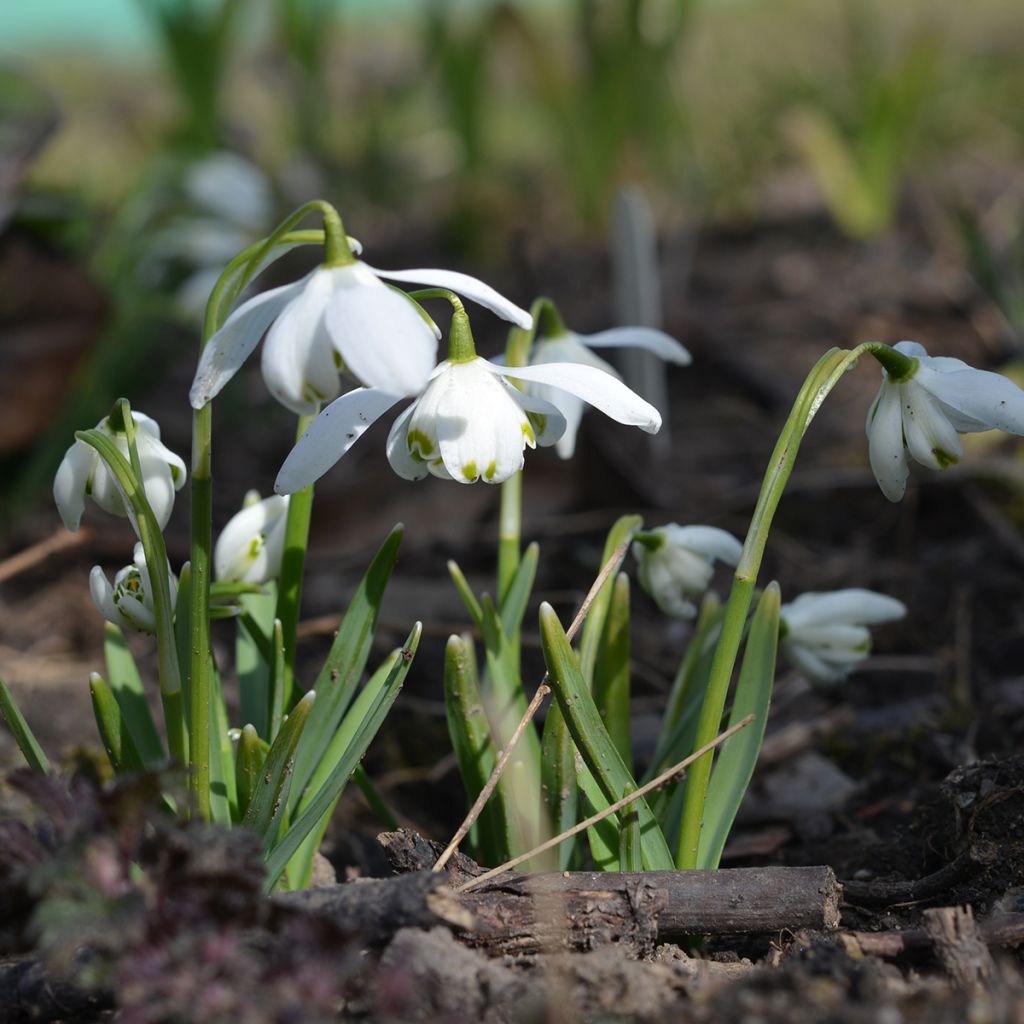

Perce-neige double - Galanthus nivalis Flore Pleno
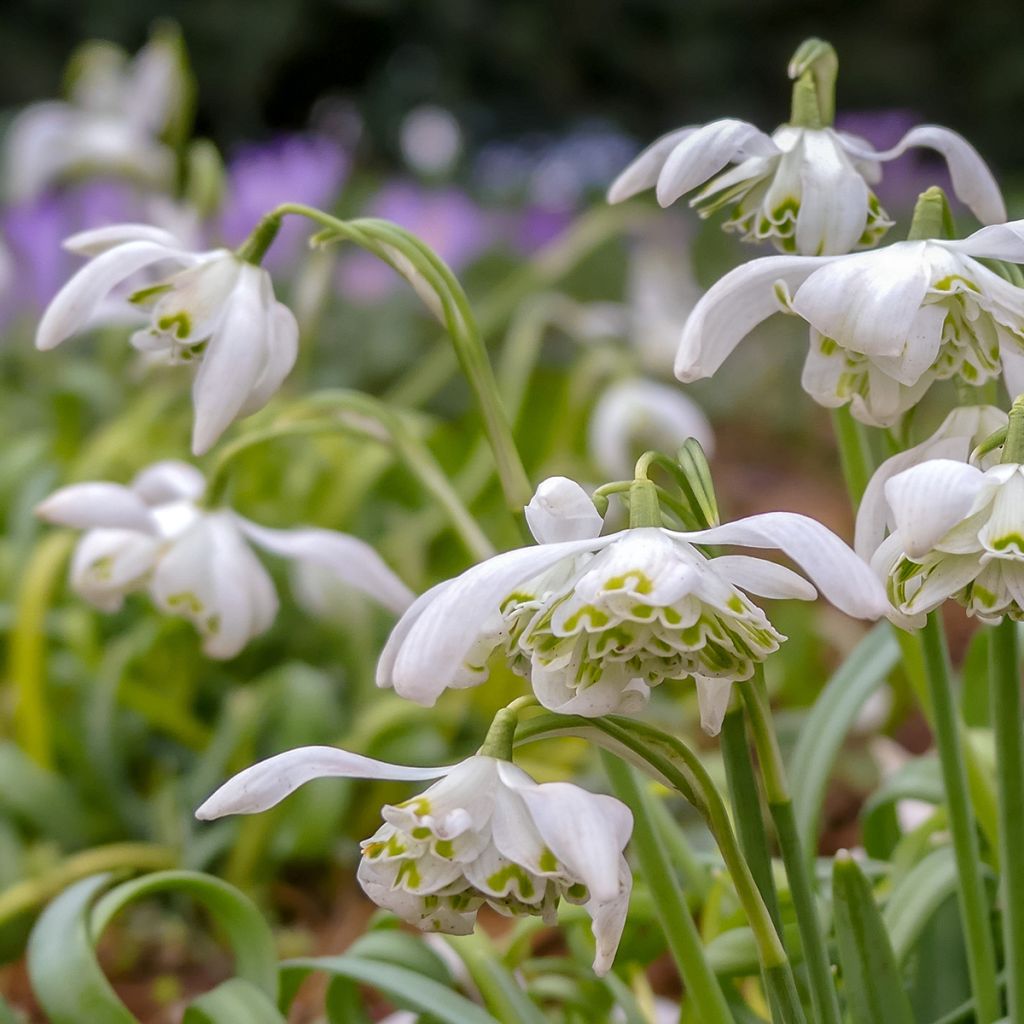

Perce-neige double - Galanthus nivalis Flore Pleno
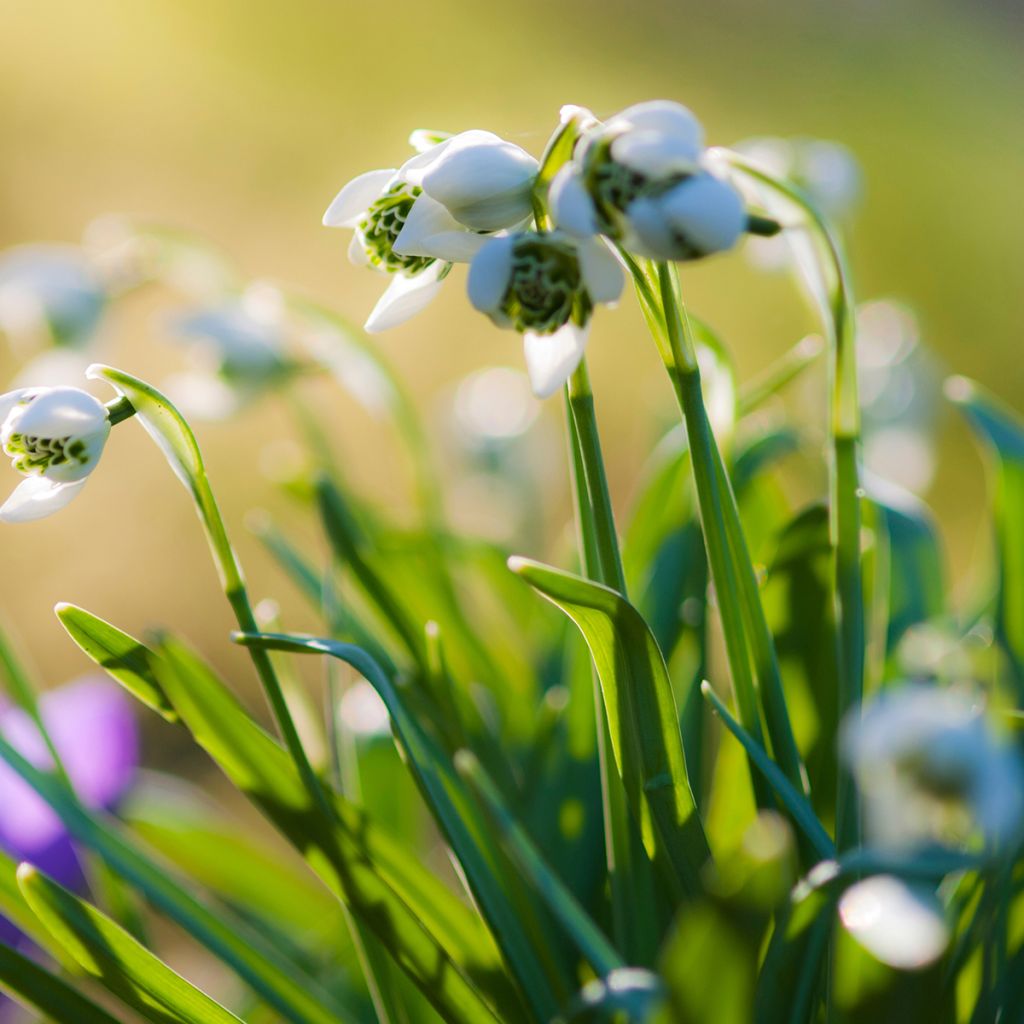

Perce-neige double - Galanthus nivalis Flore Pleno
Galanthus nivalis f. pleniflorus Flore Pleno
Galanthus nivalis f.pleniflorus Flore Pleno
Double snowdrop, Double common snowdrop
Very pretty bulbs, multicoloured, except for the white ones, maybe it's a mistake. I ordered snowdrops, but I received something equally delightful.
Odile, 07/03/2024
Special offer!
Receive a €20 voucher for any order over €90 (excluding delivery costs, credit notes, and plastic-free options)!
1- Add your favorite plants to your cart.
2- Once you have reached €90, confirm your order (you can even choose the delivery date!).
3- As soon as your order is shipped, you will receive an email containing your voucher code, valid for 3 months (90 days).
Your voucher is unique and can only be used once, for any order with a minimum value of €20, excluding delivery costs.
Can be combined with other current offers, non-divisible and non-refundable.
Why not try an alternative variety in stock?
View all →This plant carries a 6 months recovery warranty
More information
We guarantee the quality of our plants for a full growing cycle, and will replace at our expense any plant that fails to recover under normal climatic and planting conditions.

Would this plant suit my garden?
Set up your Plantfit profile →
Description
Galanthus nivalis 'Flore Pleno' is an adorable double-flowered variety of snowdrop that needs no introduction. This vigorous and lively little bulbous plant will charm you with its wider corollas, which timidly hide under long, tear-shaped white petals with white frills touched with green. Plant the bulbs before December, while dormant, for a nice surprise at the end of January. It can also be forced in a pot for Christmas flowering. Plant the bulbs in a moist rockery, in light woodland, or along the edge of a border to admire it up close. It naturalises easily and quickly in the garden.
Galanthus nivalis is a perennial herbaceous bulbous plant from the Amaryllidaceae family, native to central and southern Europe. its beautiful blooms herald the arrival of spring. 'Flore Pleno', undoubtedly of hybrid origin, has been in cultivation since 1703 and is still highly sought after by snowdrop enthusiasts. It forms a lovely clump, 15 cm (6in) in height, composed of fairly dark green ribbon-like leaves with a touch of grey. From late January to March, depending on the climate, it produces one or two stems per bulb, each bearing a 4cm (2in) wide flower, facing outward from the clump and inclined towards the ground. The flowers consist of 3 to 5 airy, rounded, white sepals, topping a small central white corolla composed of 12 to 21 short petals, with green spots at the tips of the outer petals and green markings on almost the entire inner surface. The flowers are lightly scented and nectar-rich, with a few rare thread-like and abnormally-shaped stamens producing little or no pollen. This 'Flore Pleno' variety does not produce seeds and only multiplies through the production of numerous bulblets. The foliage turns yellow and disappears at the end of spring.
Galanthus nivalis 'Flore Pleno' is one of the first flowers to appear in late winter, just before or at the same time as Crocus chrysanthus, Christmas roses, and squills. It will thrive in a moist rockery, alongside creeping bugleweed, Anthyllis montana 'Rubra', and an easy-to-grow fern called Blechnum penna-marina. These plants will occupy the space left by the snowdrops once their foliage has dried up, without suffocating the bulbs. It is ideal for light woodland, preceding the flowering of hellebores and corydalis. In cool climates, it tolerates sunny exposures at the edge of a border. It also grows very well in pots.
Galanthus nivalis f. pleniflorus Flore Pleno in pictures
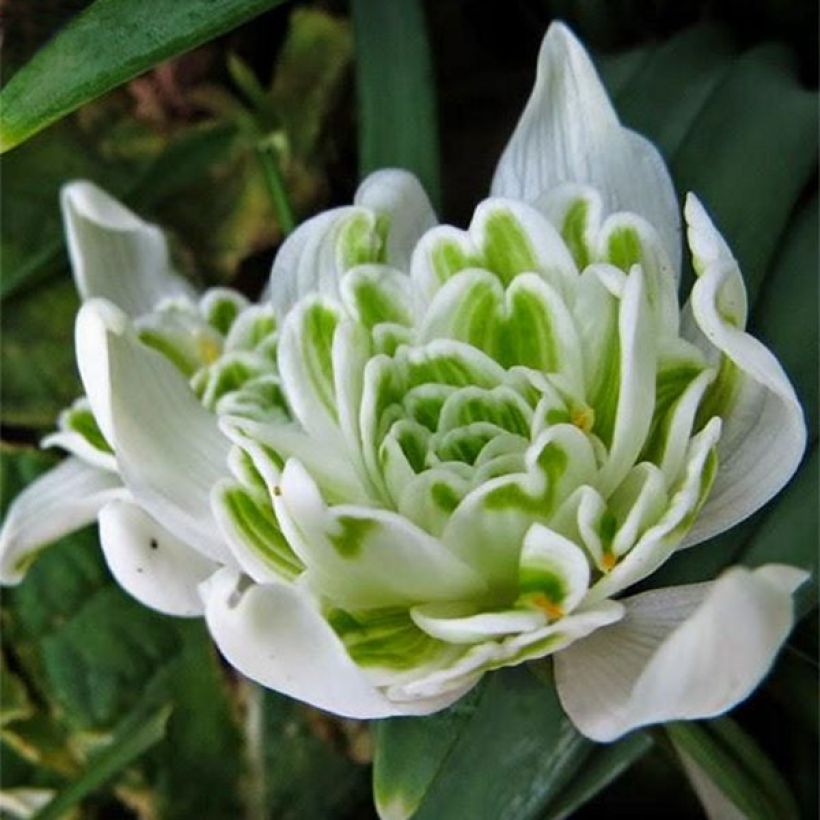

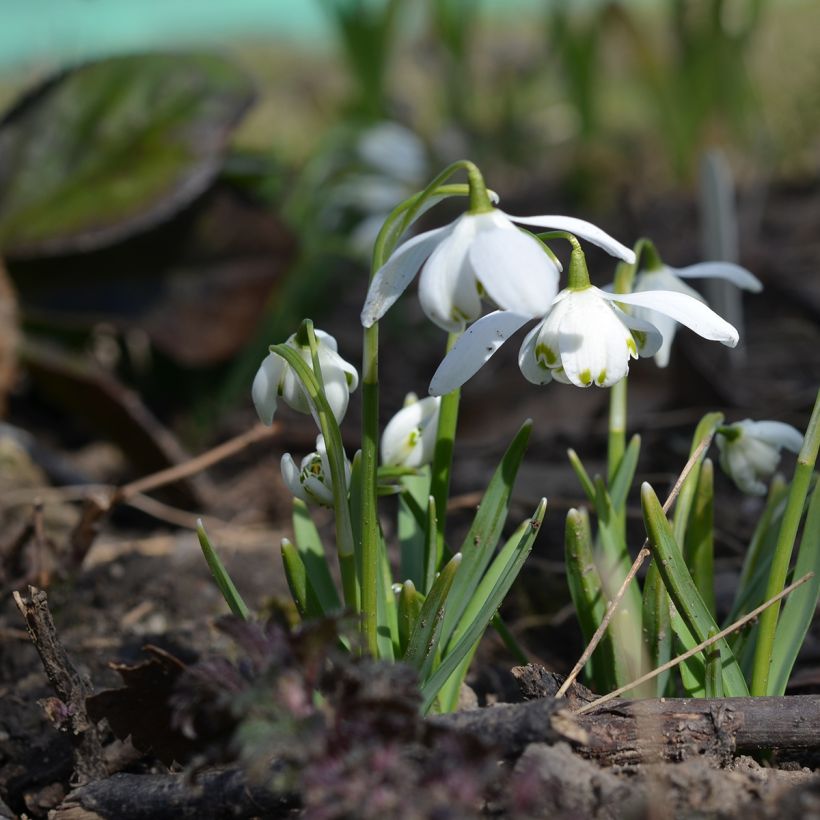

Plant habit
Flowering
Foliage
Botanical data
Galanthus
nivalis f.pleniflorus
Flore Pleno
Amaryllidaceae
Double snowdrop, Double common snowdrop
Cultivar or hybrid
Planting and care
Plant the snowdrop bulbs as soon as possible, from September to November. Plant them 8cm (3in) deep, spaced 5cm (2in) apart, grouping them in batches of at least 15 or 20. After that, the cultivation requires little care. We advise you to leave the clumps in place for several years. They will naturally proliferate.
Planting period
Intended location
Care
Planting & care advice
-
, onOrder confirmed
Reply from on Promesse de fleurs
Similar products
Haven't found what you were looking for?
Hardiness is the lowest winter temperature a plant can endure without suffering serious damage or even dying. However, hardiness is affected by location (a sheltered area, such as a patio), protection (winter cover) and soil type (hardiness is improved by well-drained soil).

Photo Sharing Terms & Conditions
In order to encourage gardeners to interact and share their experiences, Promesse de fleurs offers various media enabling content to be uploaded onto its Site - in particular via the ‘Photo sharing’ module.
The User agrees to refrain from:
- Posting any content that is illegal, prejudicial, insulting, racist, inciteful to hatred, revisionist, contrary to public decency, that infringes on privacy or on the privacy rights of third parties, in particular the publicity rights of persons and goods, intellectual property rights, or the right to privacy.
- Submitting content on behalf of a third party;
- Impersonate the identity of a third party and/or publish any personal information about a third party;
In general, the User undertakes to refrain from any unethical behaviour.
All Content (in particular text, comments, files, images, photos, videos, creative works, etc.), which may be subject to property or intellectual property rights, image or other private rights, shall remain the property of the User, subject to the limited rights granted by the terms of the licence granted by Promesse de fleurs as stated below. Users are at liberty to publish or not to publish such Content on the Site, notably via the ‘Photo Sharing’ facility, and accept that this Content shall be made public and freely accessible, notably on the Internet.
Users further acknowledge, undertake to have ,and guarantee that they hold all necessary rights and permissions to publish such material on the Site, in particular with regard to the legislation in force pertaining to any privacy, property, intellectual property, image, or contractual rights, or rights of any other nature. By publishing such Content on the Site, Users acknowledge accepting full liability as publishers of the Content within the meaning of the law, and grant Promesse de fleurs, free of charge, an inclusive, worldwide licence for the said Content for the entire duration of its publication, including all reproduction, representation, up/downloading, displaying, performing, transmission, and storage rights.
Users also grant permission for their name to be linked to the Content and accept that this link may not always be made available.
By engaging in posting material, Users consent to their Content becoming automatically accessible on the Internet, in particular on other sites and/or blogs and/or web pages of the Promesse de fleurs site, including in particular social pages and the Promesse de fleurs catalogue.
Users may secure the removal of entrusted content free of charge by issuing a simple request via our contact form.
The flowering period indicated on our website applies to countries and regions located in USDA zone 8 (France, the United Kingdom, Ireland, the Netherlands, etc.)
It will vary according to where you live:
- In zones 9 to 10 (Italy, Spain, Greece, etc.), flowering will occur about 2 to 4 weeks earlier.
- In zones 6 to 7 (Germany, Poland, Slovenia, and lower mountainous regions), flowering will be delayed by 2 to 3 weeks.
- In zone 5 (Central Europe, Scandinavia), blooming will be delayed by 3 to 5 weeks.
In temperate climates, pruning of spring-flowering shrubs (forsythia, spireas, etc.) should be done just after flowering.
Pruning of summer-flowering shrubs (Indian Lilac, Perovskia, etc.) can be done in winter or spring.
In cold regions as well as with frost-sensitive plants, avoid pruning too early when severe frosts may still occur.
The planting period indicated on our website applies to countries and regions located in USDA zone 8 (France, United Kingdom, Ireland, Netherlands).
It will vary according to where you live:
- In Mediterranean zones (Marseille, Madrid, Milan, etc.), autumn and winter are the best planting periods.
- In continental zones (Strasbourg, Munich, Vienna, etc.), delay planting by 2 to 3 weeks in spring and bring it forward by 2 to 4 weeks in autumn.
- In mountainous regions (the Alps, Pyrenees, Carpathians, etc.), it is best to plant in late spring (May-June) or late summer (August-September).
The harvesting period indicated on our website applies to countries and regions in USDA zone 8 (France, England, Ireland, the Netherlands).
In colder areas (Scandinavia, Poland, Austria...) fruit and vegetable harvests are likely to be delayed by 3-4 weeks.
In warmer areas (Italy, Spain, Greece, etc.), harvesting will probably take place earlier, depending on weather conditions.
The sowing periods indicated on our website apply to countries and regions within USDA Zone 8 (France, UK, Ireland, Netherlands).
In colder areas (Scandinavia, Poland, Austria...), delay any outdoor sowing by 3-4 weeks, or sow under glass.
In warmer climes (Italy, Spain, Greece, etc.), bring outdoor sowing forward by a few weeks.































